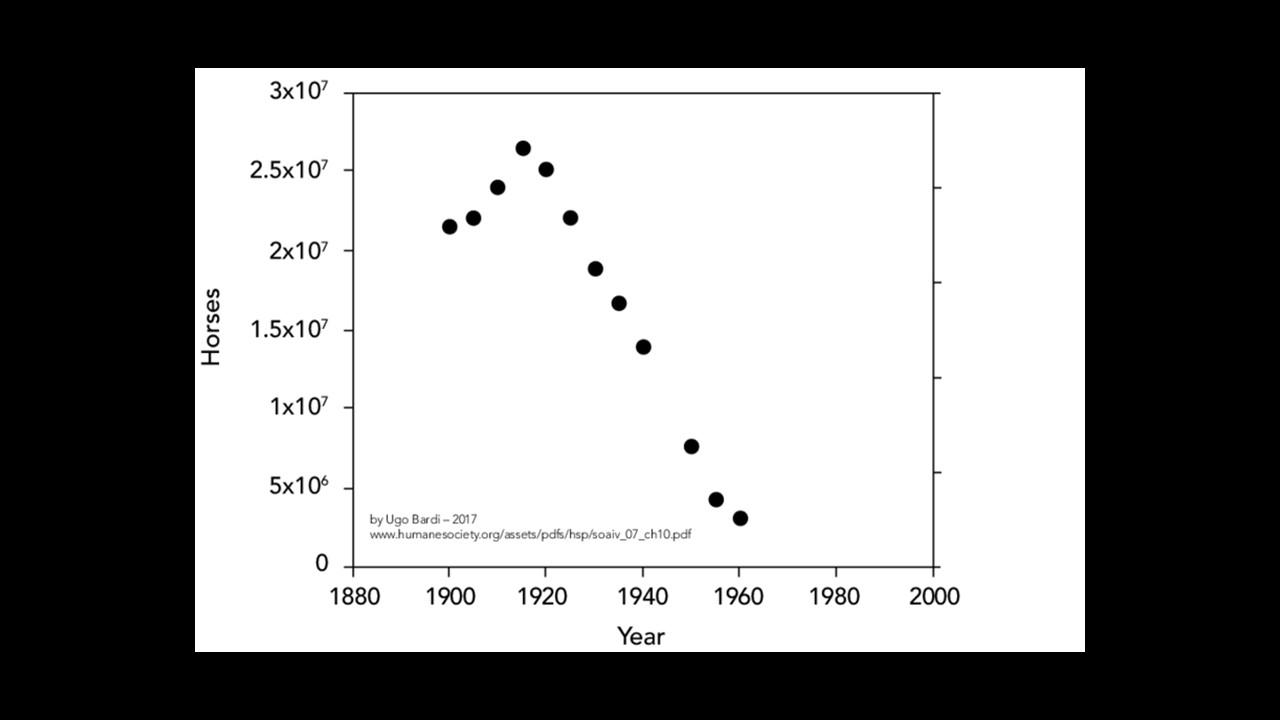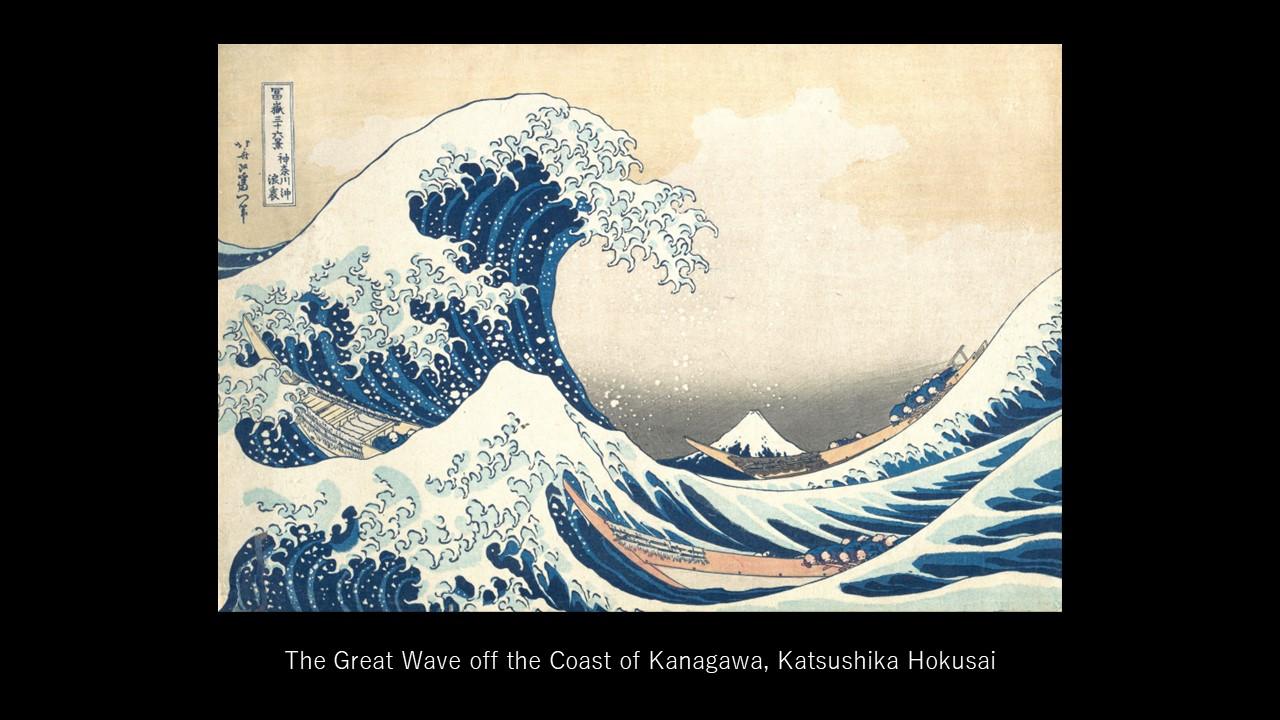
Ahead of May's G7 Summit in Hiroshima, Toyota's Chief Scientist Dr. Gill Pratt spoke about the importance of diverse options as part of the unique decarbonization approach Japan seeks to share with the world.
BEV proliferation follows Amara's Law
Dr. Pratt
Finally, I would like to talk about Amara's Law, which I understand has been discussed at past committee meetings. Amara noted that people tend to overestimate the speed of technological change in the short run and underestimate it in the long term.
But does Amara's Law always hold true?

These photos are an oft-cited counterexample. They show the same New York City street, 13 years apart. Because they depict a rapid transition from horses to cars, these photos appear to defy Amara’s Law.
Yet is that true?
In fact, these photos are deceptive. Looking at America as a whole, rather than a single street in New York City, we see that it took half a century for horses to replace cars, not 13 years.

Globally, the transition took even longer than 50 years.
Amara’s Law was also correct in that horses were replaced by automobiles. Given the shortages in battery materials and regional disparities in the availability of charging infrastructure powered by clean energy, the proliferation of BEVs also looks likely to follow Amara's Law.
The enemy is carbon, not the internal combustion engine
Dr. Pratt
What the G7 and the world should learn from Japan is that, even under these constraints, achieving carbon neutrality is possible.
The key is to minimize waste and use resources to the greatest effect.
It is heartening to see that, recently, many leaders have echoed similar sentiments. Business leaders and even the media are beginning to understand the challenge we face and to embrace our realistic approach.
This is the time to keep our foot on the accelerator. We need to share our perspective and continue engaging governments, business leaders, and the media to advocate for what works best.
The enemy is carbon, not a particular type of powertrain.
Offering customers diverse electric vehicle options ensures that everyone can contribute to reducing CO2, regardless of their geographic or economic circumstances.
It is also the most feasible way of cutting CO2 emissions amid a shortage of battery minerals and the slow spread of clean-energy charging infrastructure.

Climate change threatens to engulf the world like a giant wave.
More than any other country, Japan knows not only how to survive amid resource constraints, but also how to thrive.
I hope that you will be inspired by the courage, skill, and above all the perseverance of the rowers in this image. Together, let’s work hard to share what Japan does best with the rest of the world.

